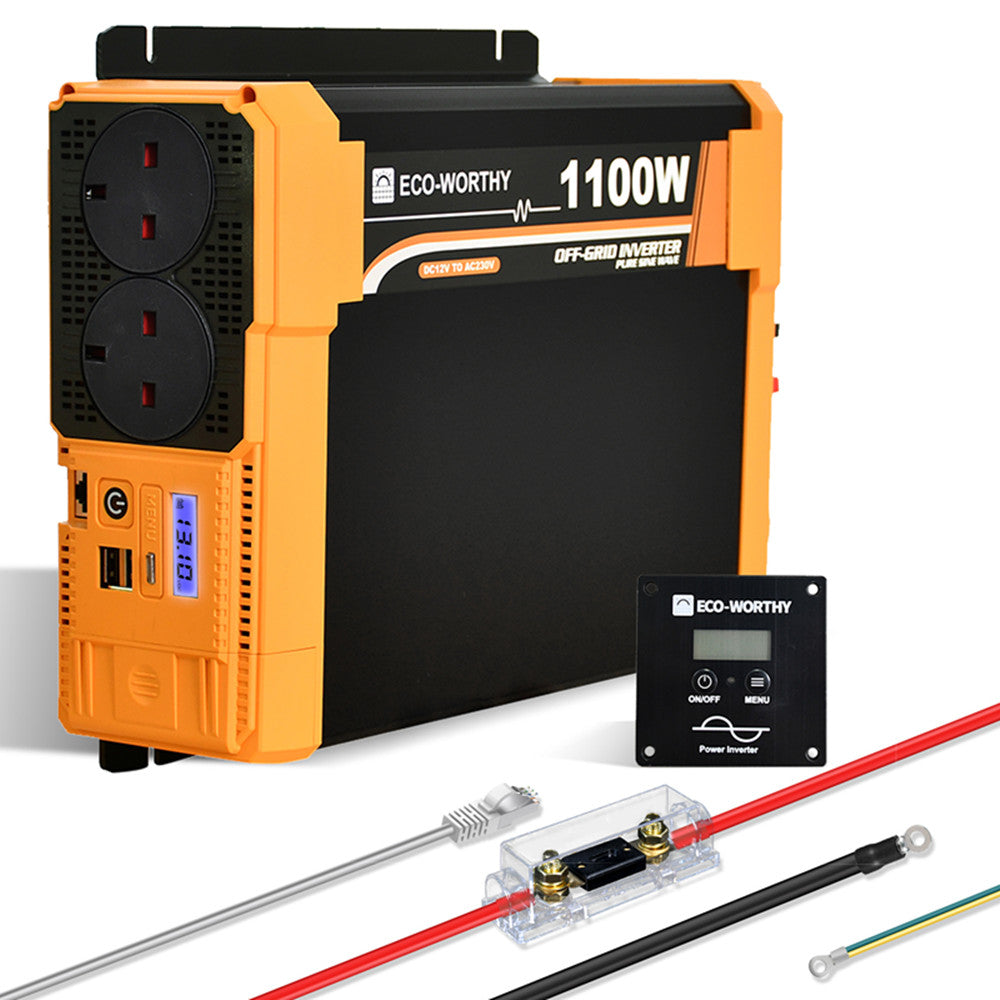The Evolution of Inverter Technology: From Basic Models to Advanced Systems
Body
Understanding Inverters
Inverters are essential devices that convert direct current (DC) into alternating current (AC). This conversion is crucial for various applications, including renewable energy systems, electric vehicles, and household appliances. The significance of inverters cannot be overstated, as they enable the efficient use of energy generated from solar panels and wind turbines.

Types of Inverters
There are several types of inverters, each designed for specific applications. Understanding these types can help users select the right inverter for their needs. The main categories include:
- String Inverters: Commonly used in solar photovoltaic systems, string inverters connect multiple solar panels in series.
- Microinverters: These are installed on individual solar panels, allowing for greater efficiency and monitoring.
- Central Inverters: Typically used in large-scale solar farms, central inverters manage the output of numerous panels.
- Hybrid Inverters: These versatile inverters can manage both solar energy and battery storage, making them ideal for off-grid systems.
Advancements in Inverter Technology
The evolution of inverter technology has been remarkable. Initially, inverters were simple devices with limited functionality. However, modern inverters now incorporate advanced features such as:
- Smart Monitoring: Many inverters now come with built-in monitoring systems that allow users to track energy production and consumption in real-time.
- Grid Support: Advanced inverters can provide grid support services, helping to stabilise the electrical grid during peak demand.
- Improved Efficiency: Modern inverters boast higher efficiency rates, often exceeding 95%, which maximises energy output.
- Integration with Smart Grids: The latest inverters are designed to work seamlessly with smart grid technology, enhancing energy management.
The Future of Inverter Technology
As technology continues to advance, the future of inverters looks promising. Innovations such as artificial intelligence and machine learning are expected to play a significant role in optimising inverter performance. Furthermore, the growing emphasis on renewable energy sources will likely drive further developments in inverter technology.
Conclusion
In summary, inverters have evolved from basic models to sophisticated systems that play a vital role in energy management. Understanding the different types of inverters and their advancements can empower users to make informed decisions about their energy needs. As we move towards a more sustainable future, the importance of efficient inverter technology will only continue to grow.







Comments